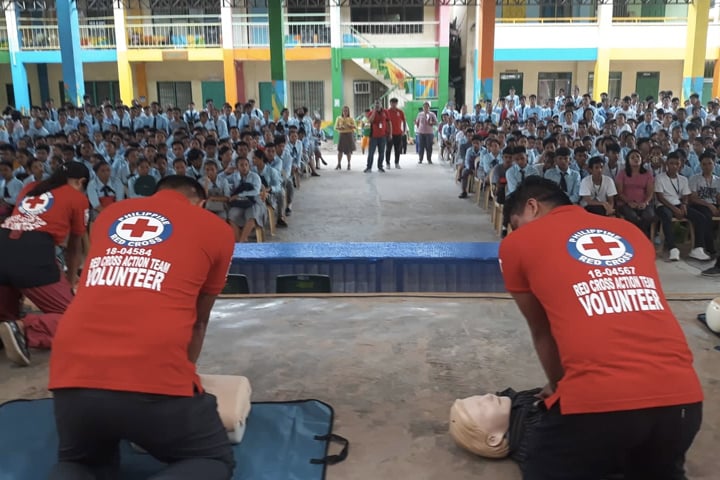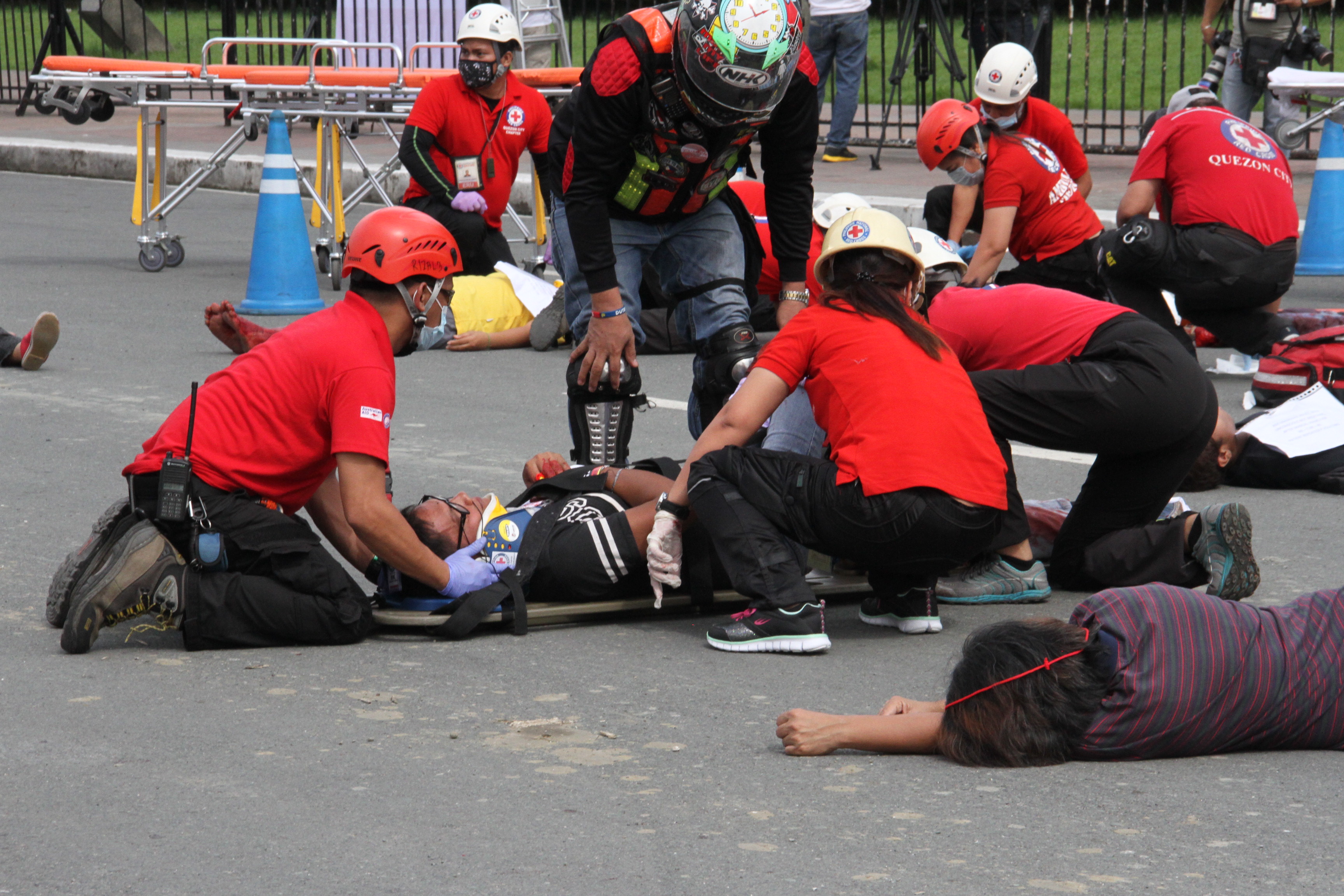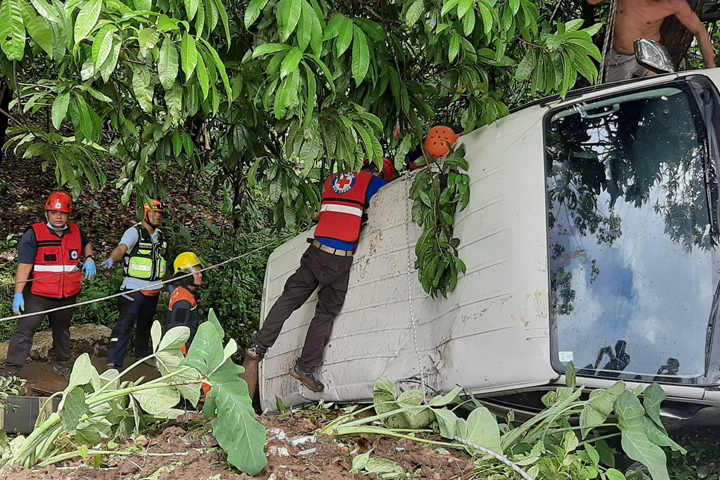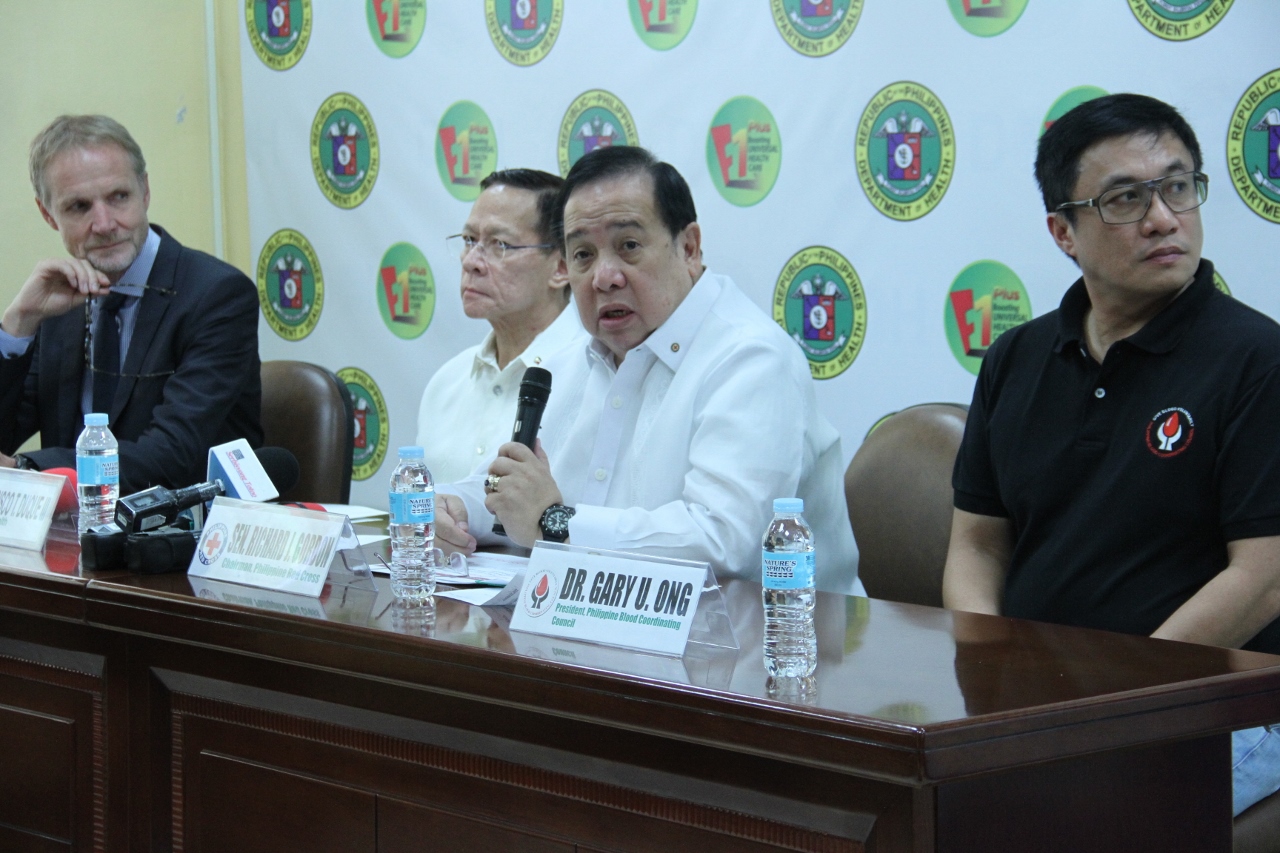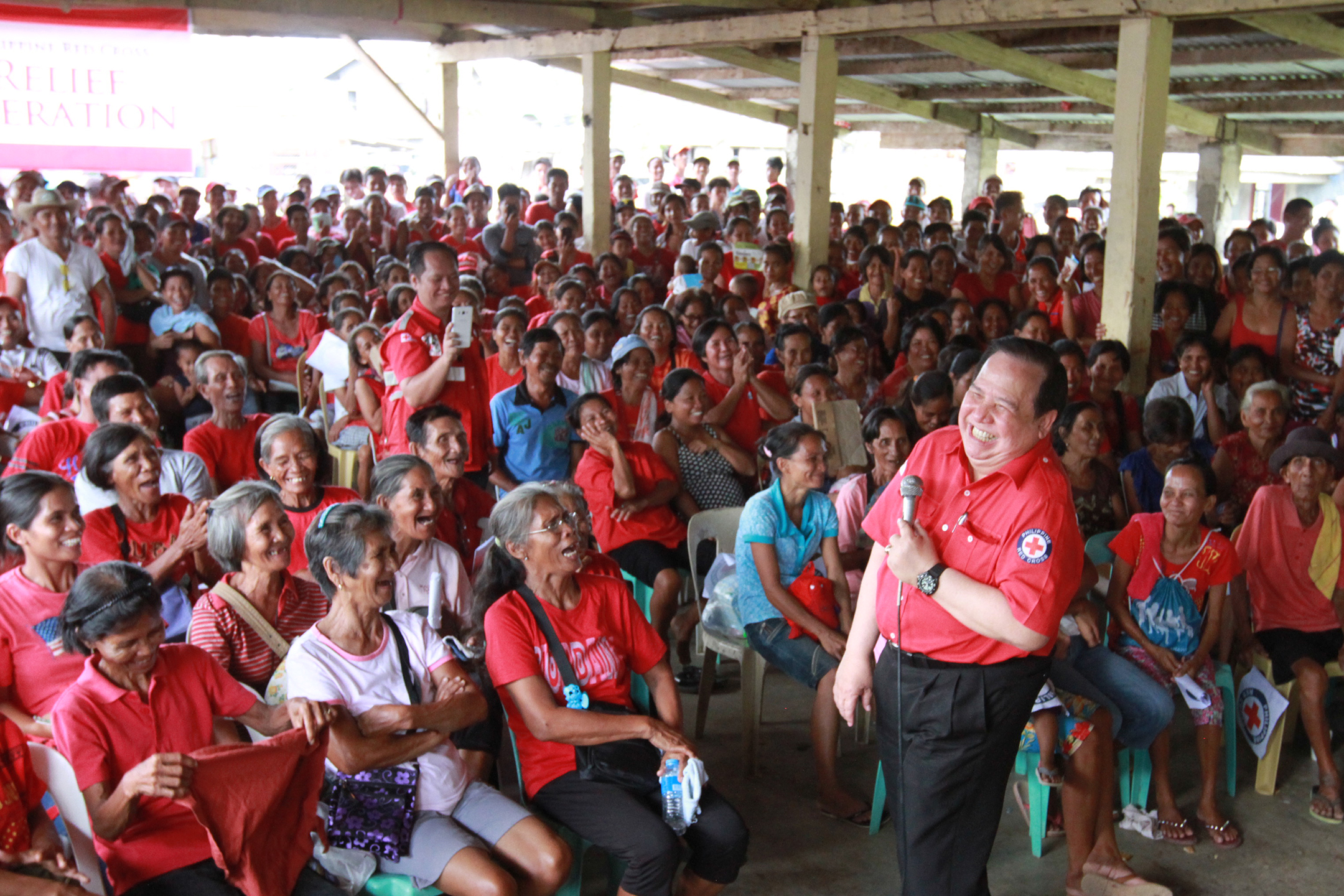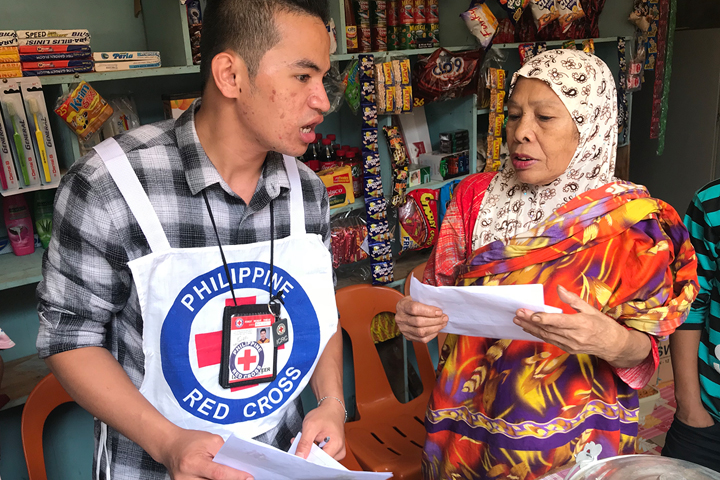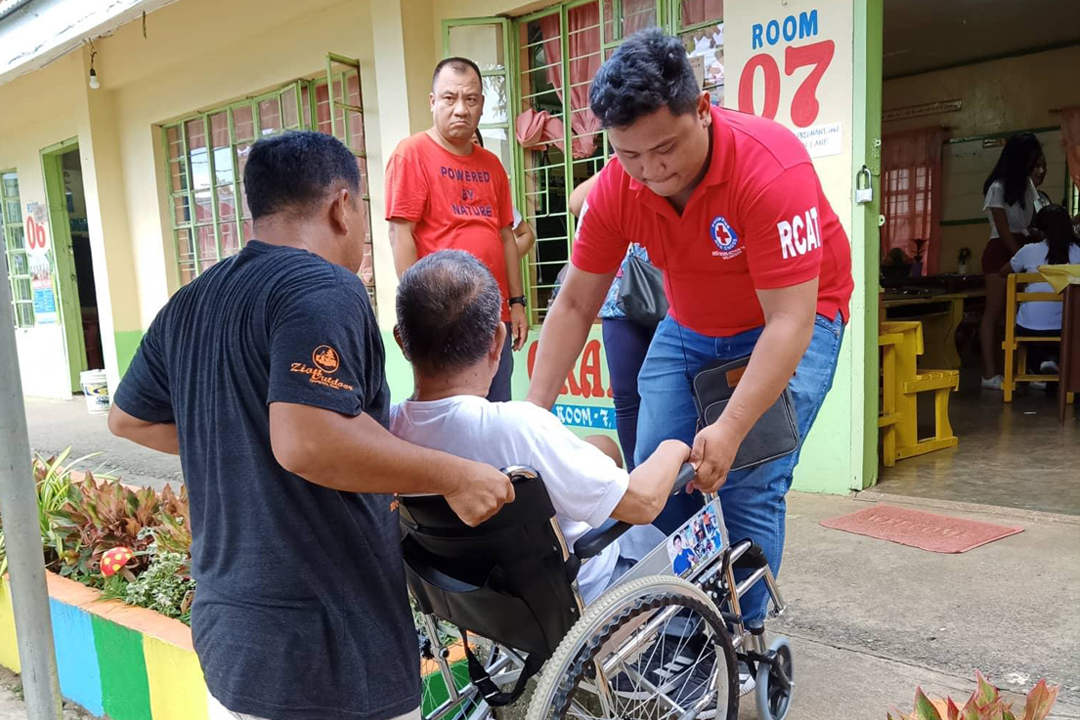IN CASE of a sudden cardiac arrest at home, at work, or in a public place, do you know what to do?
The Philippine Red Cross (PRC) is set to mobilize its staff and volunteers to conduct a mass cardiopulmonary resuscitation (CPR) demonstration to equip Filipino families with this life-saving skill.
For this month, PRC will go to schools, offices, and public places to teach Filipinos how to conduct a hands-only CPR to mark the National CPR Day, on July 17, in cooperation with the Department of Health, the Philippine Heart Association, and the American Heart Association.
PRC Chairman Richard Gordon said the mass CPR demonstration is a preliminary effort to strengthen its call to have one first aider in every household and workplace.
“We have our volunteers nationwide, but no first responder can respond as quickly as a neighbor, a family member, and a co-worker. When that person knows first aid, further injuries and loss of lives can be averted,” Gordon said.
PRC has identified over 110 locations, which include schools, companies, and parks. PRC also tapped athletic leagues to perform whole CPR cycle.
The mass CPR campaign was conducted to maximize the Republic Act No. 10871 or the “Basic Life Support Training Schools Act,” which requires basic education students to undergo age-appropriate basic life-saving training.
PRC, as the leading first aid provider in the country, offers a wide range of first aid and basic life support training courses, including standard first and basic life support for all ages, occupational first aid and basic life support, emergency first aid, junior first aid, and water safety programs.
